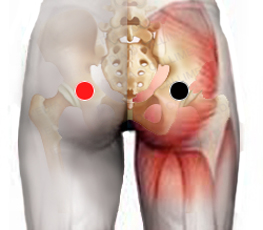Intestine parasites
Pairs
gluteus - gluteus
ischium - ischium
sciatic - sciatic
quadriceps - quadriceps
interiliac - kidney

Generalities:
Tenia and Ascaris are the large parasites most often responsible for infections in the digestive tract.
Taenia saginata (bovine tapeworm), Taenia solium (swine tapeworm) y Taenia asiatica (Asian tapeworm), are the main pathogens in humans. People can get infected with these parasites by eating beef (T. saginata) or pork (T. solium and T. asiatica) that is raw or undercooked. People with taeniasis may not know they have the parasitic infection because they usually do not have symptoms or are mild.
Tapeworms, or solitary, cause two types of parasitic diseases, as they are produced by their adult phase or by their larval stage. It is called teniasis which occurs due to the presence of adult forms, when they lodge in the intestine of the definitive host, and cysticercosis or cenurosis to that produced by their larval, intermediate or juvenile forms, by affecting the intermediate hosts in their tissues or internal organs.
Ascaris is a nematode, it is very similar to a ground worm, it can measure between 20 - 30 cms. The adult female can produce thousands of larvae in a day, which can develop in a few weeks under favorable conditions or can remain dormant for years. They can lodge in various organs, but only develop in the digestive tract.
Transmission:
Fecal-oral transmission, water or food contaminated with faeces.